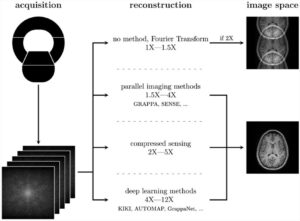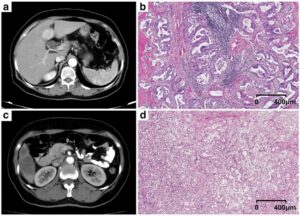As computed tomography (CT) sees an increase in utilization, inappropriate imaging has been seen as a significant concern; however, manual justification audits of radiology referrals are extremely time-consuming and carry a heavy financial burden. Therefore, the authors of this study aimed to retrospectively audit the justification of brain CT referrals by using natural language processing (NLP) and traditional machine learning (ML) techniques in order to predict their justification based on the audit outcomes.
They determined that their NLP-based models, as well as traditional ML models, can accurately predict the justification of unstructured brain CT referrals, offering the potential for automated justification analysis of CT referrals in clinical departments.
Key points
- Unjustified exposure to CT scans increases lifetime radiation risk of stochastic effects.
- Along with budgetary needs, auditing justification of radiology referrals is time-consuming.
- CDS ensures audit consistency and less discrepancies between human experts.
- ML algorithms used the clinical indications section of radiology referrals for classification.
- ML algorithms can accurately predict justification of brain CT referrals.
Authors: Jaka Potočnik, Edel Thomas, Ronan Killeen, Shane Foley, Aonghus Lawlor & John Stowe













